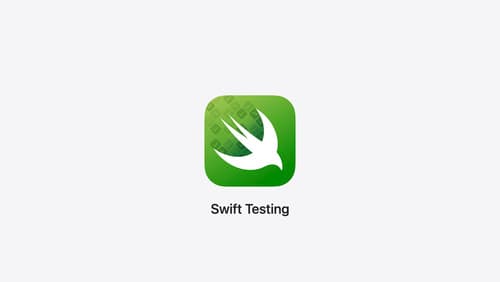how can i migrate app from objective-c to swift
Asked on 2024-08-09
1 search
To migrate your app from Objective-C to Swift, you can follow a structured approach as outlined in the WWDC session "Migrate your app to Swift 6." Here are the key steps:
-
Preparation:
- Ensure your app builds with the latest Xcode version.
- Enable Swift 6 language mode to take advantage of new features and safety guarantees.
-
Incremental Migration:
- Migrate each target in your project one at a time.
- Enable complete concurrency checking for each target. This will provide warnings for code that would fail under Swift 6's enforced data isolation.
- Resolve all warnings for the target before fully enabling Swift 6 mode.
-
Concurrency and Data Isolation:
- Perform main actor and sendable audits to identify and fix potential data races.
- Use the compiler diagnostics to guide you towards areas that need fixing, acting like a pair programmer.
-
Refactoring:
- Once all targets are migrated, consider doing a whole app refactoring to ensure no unsafe code remains.
- This may involve undoing some unsafe opt-outs and ensuring all code adheres to Swift 6's safety guarantees.
For a detailed, step-by-step guide, you can refer to the session Migrate your app to Swift 6 (07:17).
Additionally, you can explore the session What’s new in Swift (29:49) for best practices on migration and new features in Swift 6.
Relevant Sessions
These sessions provide comprehensive guidance and practical examples to help you through the migration process.

Migrate your app to Swift 6
Experience Swift 6 migration in action as we update an existing sample app. Learn how to migrate incrementally, module by module, and how the compiler helps you identify code that’s at risk of data races. Discover different techniques for ensuring clear isolation boundaries and eliminating concurrent access to shared mutable state.

Meet Swift Testing
Introducing Swift Testing: a new package for testing your code using Swift. Explore the building blocks of its powerful new API, discover how it can be applied in common testing workflows, and learn how it relates to XCTest and open source Swift.

Platforms State of the Union
Discover the newest advancements on Apple platforms.
